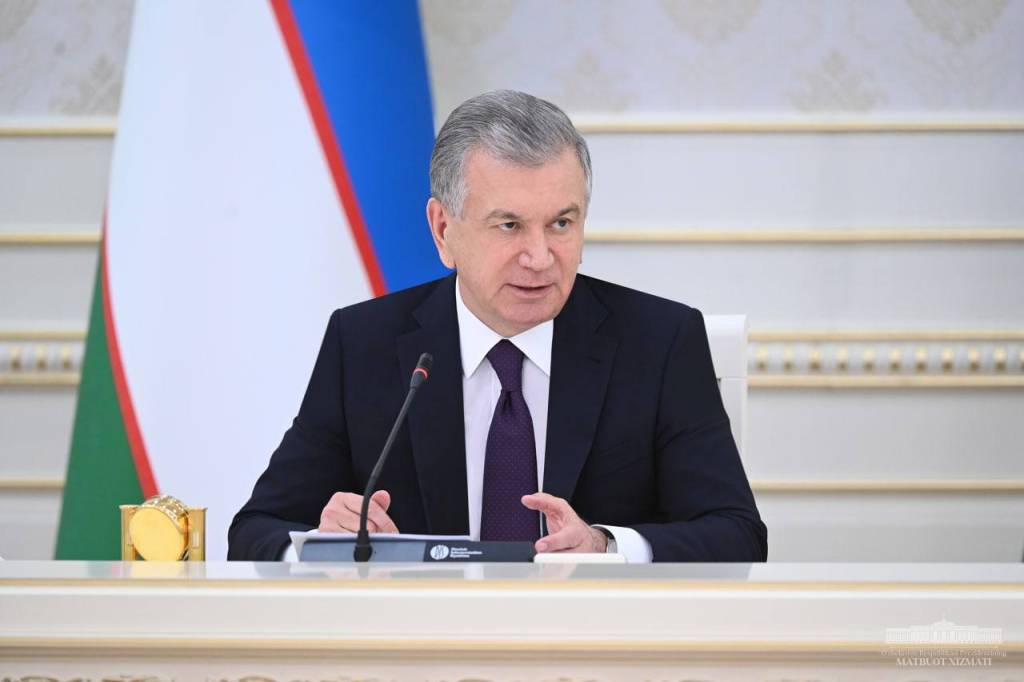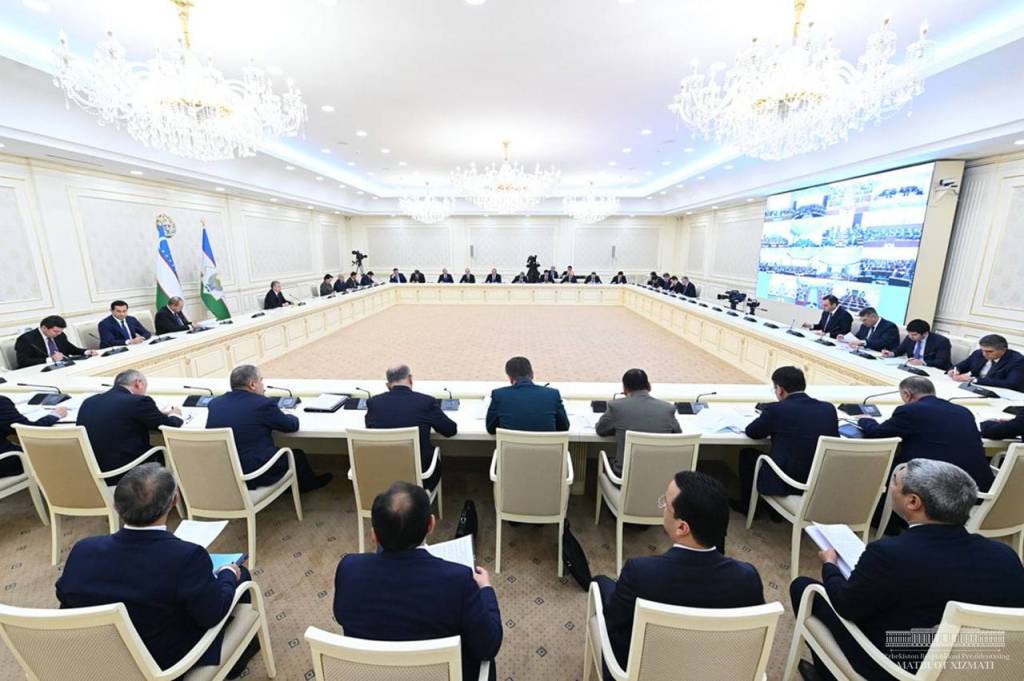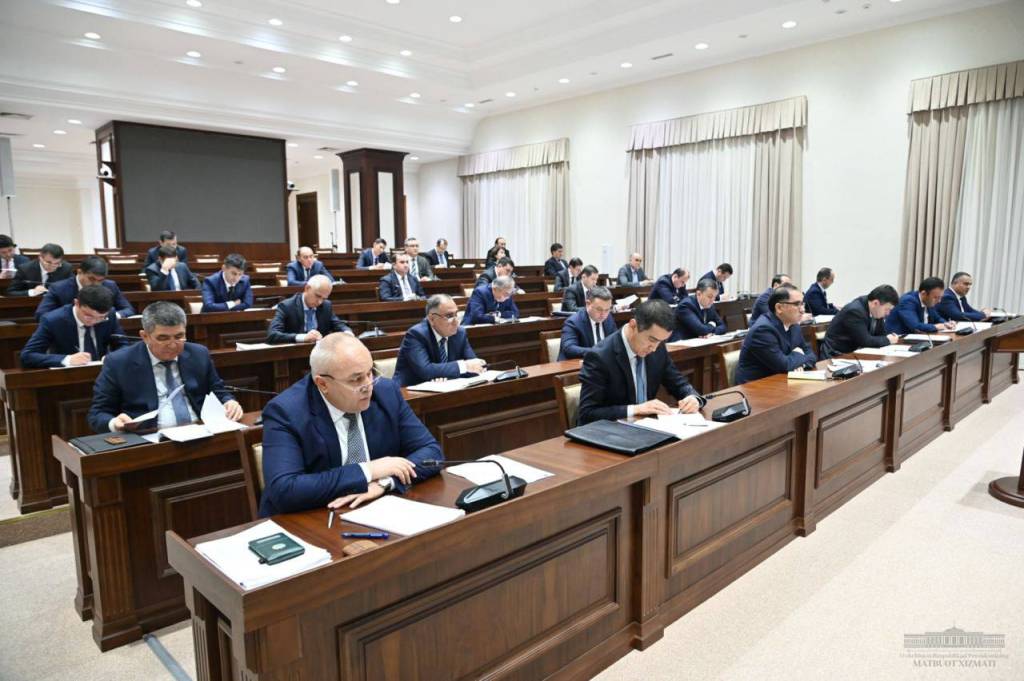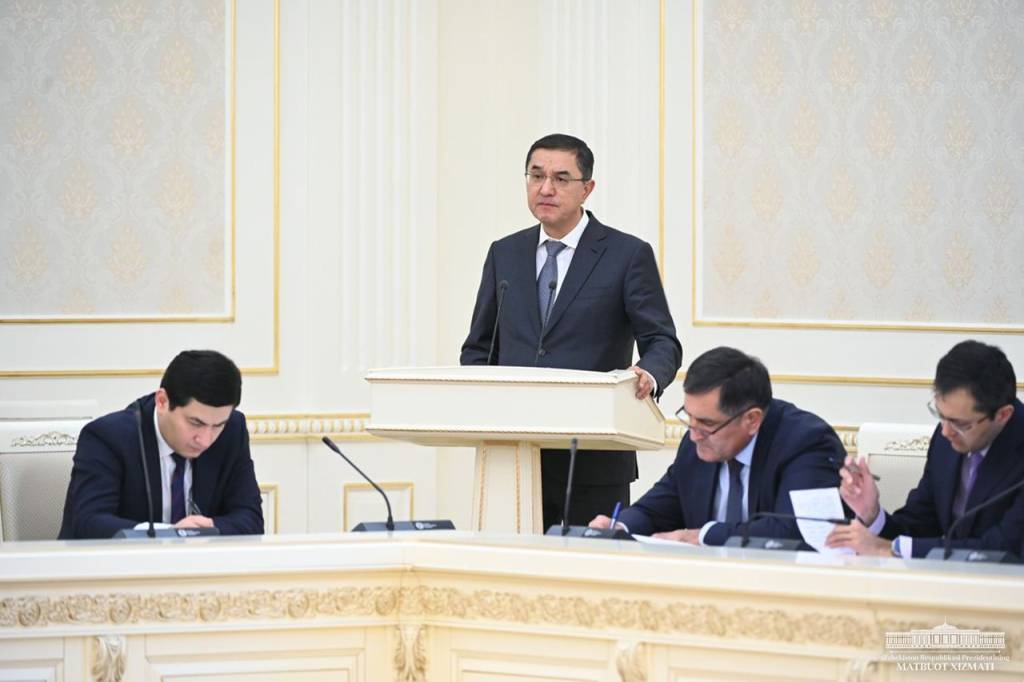Priority directions of employment provision defined

On December 15, President Shavkat Mirziyoyev chaired a videoconference on improving energy supply to the regions and increasing employment.
The Head of the state focused on problems with the energy supply observed in recent days. It was noted that over the past six years, more than 5,000 megawatts of new power-generating capacity have been created. For comparison: over the previous 25 years, 3.5 thousand megawatts of power were put into operation.
Over the past six years, 45 thousand kilometers of electrical networks and more than 13 thousand transformers have been updated, which is 3-4 times more than in previous years. The volume of production of liquefied gas and coal increased by 1.5 times.

However, during the week of cold weather, it turned out that the responsible persons of the energy industry, hokims and sector managers did not organize work at the primary level. The President sharply criticized that even in the difficult situation, cases of electricity and gas theft continue.
Disciplinary measures were taken against officials who allowed such a state of affairs.
“The current situation in the energy supply should be a good lesson for the leaders of the industry and regions. The enterprises of the sphere should not work in manual mode, but systematically. People should be satisfied with their work in all mahallas”, Shavkat Mirziyoyev noted.

The First Deputy Prime Minister and heads of the energy sector were instructed to switch to an emergency mode of operation within two months. The hokims of the regions were tasked with visiting heat supply enterprises and improving the quality of public services, reducing energy consumption and losses.
Issues of ensuring population employment and creating income sources were discussed at the meeting.

It was noted that since the beginning of the year, 2 million people have been permanently employed in entrepreneurship, industry, agriculture and services. More than 4 million people received income due to seasonal work.
In the regions, the number of enterprises increased by 85 thousand, the total number reached 550 thousand. Due to this, in 2022, the number of officially employed people paying income tax increased by 400 thousand to 5 million 100 thousand people.

3.5 thousand projects have been implemented in industry, 160 thousand permanent jobs have been created. 175 thousand people have received a source of income within 35 thousand micro-projects in mahallas, 135 thousand people in the construction sector.
This year, as a result of creating opportunities for self-employment, 914 thousand of citizens have registered for 79 types of activities with this status. The total number of self-employed has reached 2 million.

The shortcomings in employment were also analyzed at the meeting. In particular, this year the number of permanent jobs has decreased in Kitab, Kasan, Mirzaabad, Narpay, Nishan and Furkat districts. The number of employees at 232 thousand enterprises operating in the private sector is indicated as 1 person. Industrial production decreased in 15 districts. Nothing is grown on 4,000 hectares out of 100,000 hectares of land intended for distribution to the population.
Based on this, hokims have been assigned several relevant tasks.

Discussing the tasks for the next year, the Head of the state outlined four main directions.
The first direction is the distribution of 100 thousand hectares to the population released from cotton and grain. Thanks to this, 600 thousand residents can be provided with permanent work and 900 thousand people with seasonal work.

More than 600 projects on the storage, sorting and processing of agricultural products will be implemented. The $400 million raised from international financial organizations will be prioritized for those projects that will create more jobs.
This area will also be liberalized to increase the interest of producers of mulberry cocoons. From now on, cocoons will be purchased from the population at a price not lower than the value on the world stock exchange. This will employ at least 500 thousand people and increase their incomes by 2-3 times.
The second direction is the development of entrepreneurship. To do this, micro centers will be created in a thousand mahallas with a high unemployment rate. 255 central and 274 intra-municipal streets will be turned into streets of trade and services. The auction sale of more than 3 thousand land plots along the highways will also be a good opportunity for new jobs in the service sector.

In this regard, the task has been set to implement vacant plots and facilities for doing business.
The capabilities of the industry will be used within the framework of the third direction. In particular, the implementation of 300 large projects worth $8 billion and 1300 projects worth 16 trillion UZS in industrial zones will create high-paying jobs. 536 non-metallic deposits will be auctioned and new enterprises in the construction materials industry will be launched.

In general, investment projects and local industry can create a total of 320 thousand of permanent jobs.
The fourth direction is the construction industry. Within the framework of all projects, 90 thousand housing units are planned to be built next year. The President noted the need for simplifying labor contracts when hiring workers in the construction sector. This will attract workers in the informal sector to legal activities.
After the meeting, Deputy Prime Ministers, ministers and hokims presented information about the upcoming work to fulfill the tasks.
















